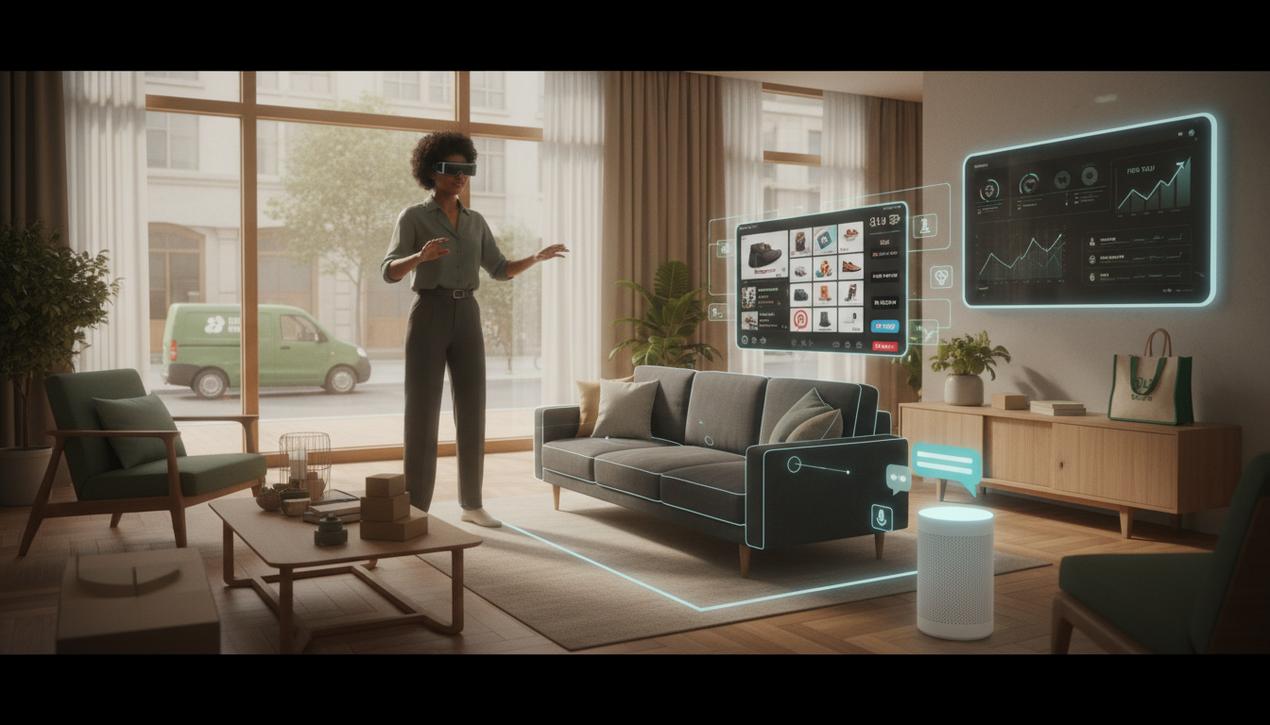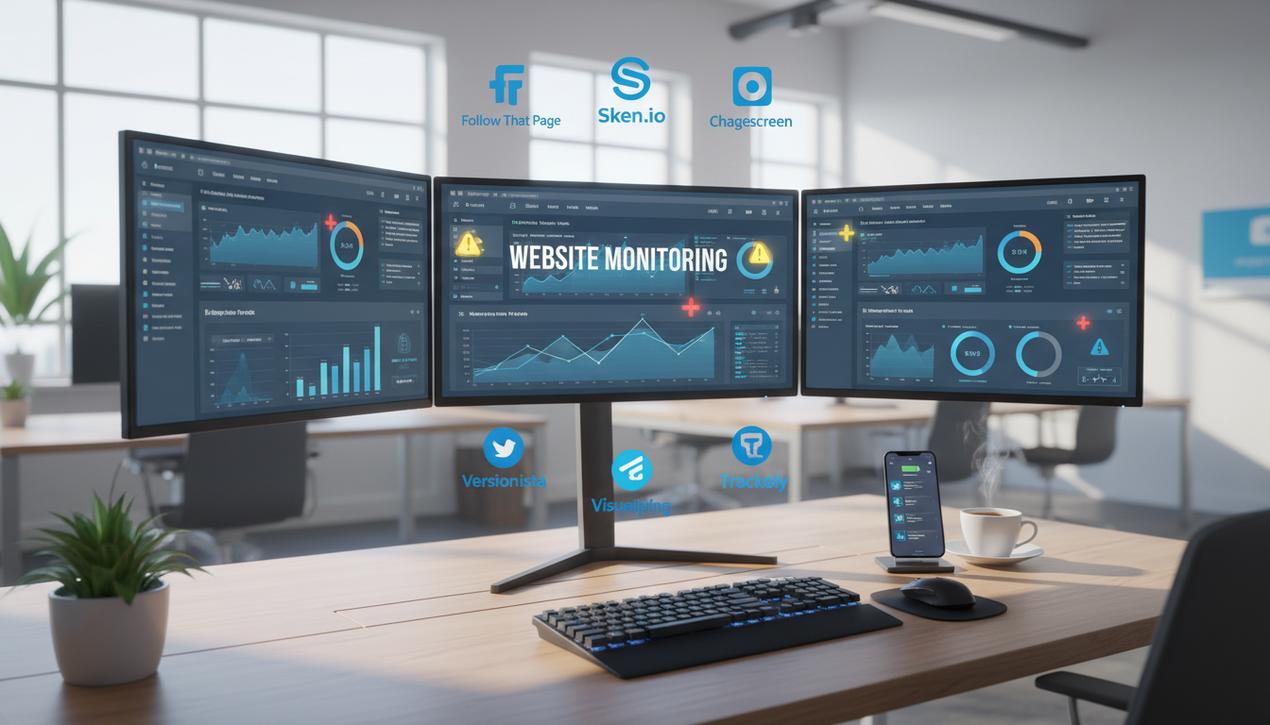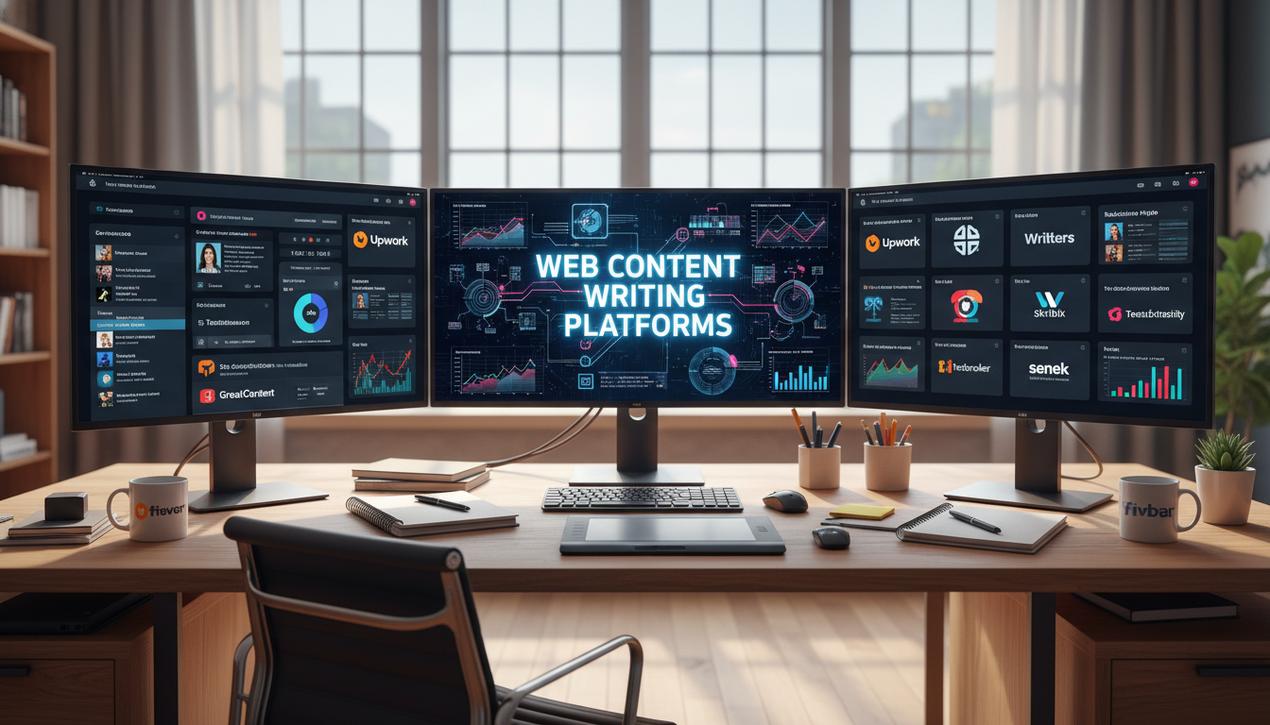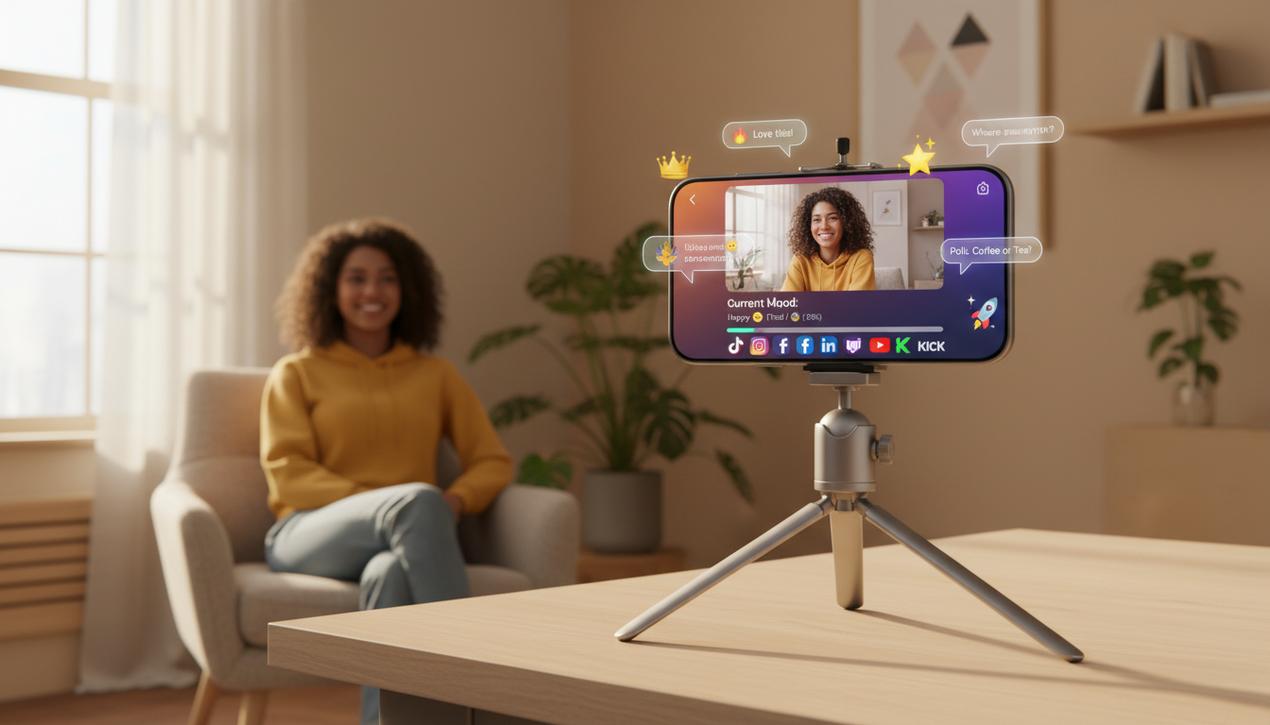E-commerce 2025: 12 Trends Redefining Online Retail


The global e-commerce sector, projected to soar past $7 trillion by the end of 2025, is no longer just a sales channel but a dynamic, constantly evolving ecosystem. A mere online presence is no longer enough to survive. Today’s consumers, more informed and demanding than ever, expect seamless, personalized shopping experiences that align with their values. Technological innovation, particularly artificial intelligence, and a growing ecological consciousness are the twin forces reshaping the market. For businesses, adaptation is not an option but a necessity to remain competitive. From transparent supply chains to hyper-personalized customer journeys, strategies must be rethought. This guide analyzes the 12 foundational e-commerce trends that will shape the success of online stores, which starts with choosing a quality theme, in 2025 and beyond.
The Customer Experience Becomes Immersive and Conversational
The act of online shopping is transforming into a rich, interactive experience. The brands that succeed are those that manage to create an emotional connection and radically simplify the customer journey through technology.
1. The Rise of Visual and Immersive Commerce
The era of static product shots on a white background is over. Consumers want to visualize products in their own environment. Augmented reality (AR) is becoming a standard, allowing customers to virtually try on glasses, place a sofa in their living room, or test a shade of makeup. Statistics show that products featuring AR and 3D technologies see conversion rates up to 94% higher than those without. Short-form videos, shoppable posts, and 360-degree content are no longer gimmicks but essential sales tools.
2. AI-Driven Conversational Commerce
Chatbots and voice assistants are now the front line of customer service. Available 24/7, they instantly answer common questions, track orders, and guide users. In 2025, these tools are going further: they are becoming proactive, initiating conversations to offer personalized recommendations based on browsing behavior. “Voice Commerce,” or purchasing via voice commands, is also gaining traction with the popularity of smart speakers, streamlining the path to purchase even more.
3. Hyper-Personalization in Real-Time
Thanks to artificial intelligence and machine learning, personalization is reaching an unprecedented level of precision. Recommendation engines no longer just analyze purchase history; they also process real-time browsing behavior, context, and even predictive data. This allows for unique homepages for each visitor, targeted promotions sent at the most opportune moment, and customized search results, dramatically improving the relevance and effectiveness of interactions.
Sustainability and Ethics Take Center Stage
Consumers, especially Millennials and Gen Z, no longer judge a brand solely on its products but also on its social and environmental impact. Transparency and commitment are becoming key differentiators.
4. The Spectacular Boom of ReCommerce
The secondhand market, or ReCommerce, is exploding. It’s no longer a niche but a mainstream trend expected to grow twice as fast as traditional retail. Consumers are prioritizing more responsible and economical purchasing decisions. Brands have taken notice and are increasingly launching their own buy-back and resale platforms, as seen with pioneers like Patagonia, transforming a single purchase into a sustainable lifecycle.
5. Green Logistics as the New Imperative
The environmental impact of shipping has become a decisive factor for nearly 80% of online shoppers. In 2025, sustainable delivery options are an expected standard: recycled and recyclable packaging, reduced excess packaging, and the choice of low-carbon carriers (electric vehicles, cargo bikes in cities). Transparency about the carbon footprint of each order is becoming a powerful marketing argument.
6. Supply Chain Transparency
Consumers want to know where the products they buy come from, how they were made, and by whom. Brands that provide clear information about their supply chain, for instance by using technologies like blockchain to trace a product from its source to delivery, earn the trust and loyalty of their customers. This ethical commitment is particularly valued in the fashion, beauty, and food industries.
Convergence of Sales and Payment Channels
The line between physical and digital commerce is blurring. The challenge is to offer a unified, frictionless shopping experience, regardless of the customer’s touchpoint with the brand.
7. Social Commerce 2.0: The Seamless Purchase
Social commerce is evolving far beyond simple advertising, with sales expected to exceed $90 billion in the US alone by 2025. Platforms like Instagram, TikTok, and Pinterest now integrate native checkout features, allowing users to complete a purchase without ever leaving the app. This integration significantly reduces friction and capitalizes on impulse buys, a key aspect detailed in our guide on how to make money on TikTok, turning a social feed into a powerful direct sales channel.
8. The Surge of Live Shopping
Especially popular in Asia, Live Shopping is rapidly gaining ground in Europe and North America. It combines the entertainment of live streaming, often powered by the best live stream apps, with the interactivity of a Q&A session and the ability to instantly purchase featured products. It’s a powerful tool for creating a sense of urgency, demonstrating product use, and building an engaged community.
9. The Flexibility of Payment Options
Speed and simplicity at checkout are crucial to preventing cart abandonment. One-click payment solutions (Apple Pay, Google Pay) have become essential. Simultaneously, “Buy Now, Pay Later” (BNPL) options, which allow customers to pay in installments, are becoming widespread, appealing to a broad customer base and helping to increase the average order value.
10. The Unified Omnichannel Strategy
The customer journey is no longer linear. A consumer might discover a product on Instagram, compare it in-store, and buy it on their laptop. E-commerce businesses must ensure perfect consistency across all these channels: unified inventory (click-and-collect, online reservation), shared loyalty programs, and a centralized customer history for a seamless experience.
Optimization Through Data and Direct Models
Data is the fuel of modern e-commerce. The brands that harness it effectively and control their own distribution gain a decisive advantage.
11. The Direct-to-Consumer (D2C) Model Prevails
An increasing number of brands are choosing to sell directly to their end customers, bypassing traditional intermediaries. This D2C model allows them to maintain complete control over their brand image, manage the customer experience, and, most importantly, collect invaluable data on buyer preferences and behavior. This information is critical for innovation and refining their marketing strategy.
12. Predictive Analytics for Inventory Management
AI isn’t just for personalization; it’s also a formidable tool for optimizing logistics. By analyzing sales trends, seasonality, and even external factors like weather or cultural events, predictive analytics algorithms can forecast demand with high accuracy. This helps prevent stockouts of popular products and reduces overstocking of less popular items, thereby optimizing cash flow and efficiency.
The e-commerce trends for 2025 converge on a central goal: to deliver a hyper-relevant, transparent, and effortless shopping experience. The companies that will thrive are those that can intelligently combine technological innovation, such as AI and augmented reality, with a sincere commitment to sustainability and ethics. The focus is no longer on the simple transaction, but on building a lasting, trust-based relationship with consumers who seek meaning in their purchases. Integrating these evolutions is not just a way to stay competitive; it is the essential condition for prospering in the dynamic landscape of online retail.




